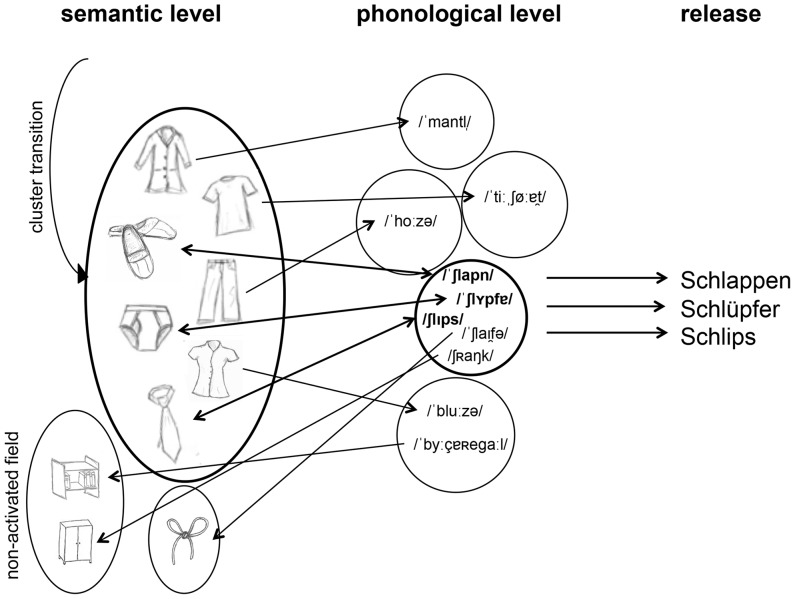Figure 2. Model for enhanced semantic and phonemic word relatedness within clusters.
After opening a semantic field (bold line ellipse, here for “clothes”), related concepts are automatically activated. The retrieved information activates phonological representations mostly unsuited for the ongoing requirement (initial letter s), but sometimes matching the letter VF demand (here for the first time when activating the concept for ‘Schlappen’, in German colloquial for slippers). On the other hand, information from the parallel phonological processing stream (bold line ellipse, here activating word forms with the same two initial phonemes/∫/and/l/) is aligned to concepts either within the set semantic field or outside of it (outside, for example, at activation of ‘Schleife’, meaning bow). Those word forms phonologically suitable and semantically preactivated have the best chance to be released, explaining the increase of phonemic and semantic word relations within temporal clusters in the verbal output.

